La Rochelle
Top-Rated Tourist Attractions in La Rochelle & Easy Day Trips
With its weather-beaten harbor and salty sea air, La Rochelle has the distinctive character of an ancient port town. Imposing fortified towers guard the town, which overlooks a picturesque bay of the Atlantic Ocean and is surrounded by medieval ramparts. La Rochelle has a delightful historic district, which is full of impressive old buildings. A stroll through the cobblestone streets is a journey back in time, from the Middle Ages to the 18th century.
La Rochelle is a cultured city with an astounding array of museums. It's also a place for outdoor activities, such as biking, sailing, nature walks, and seaside relaxation. For the perfect beach getaway, the dreamy Island of Ré is just a few minutes away. Several other day trip options are within easy travel distance, including Rochefort, the elegant 17th-century naval base, and the small country village of Esnandes. Plan your visit with our list of the top attractions in La Rochelle.
1. Vieille Ville (Old Town)
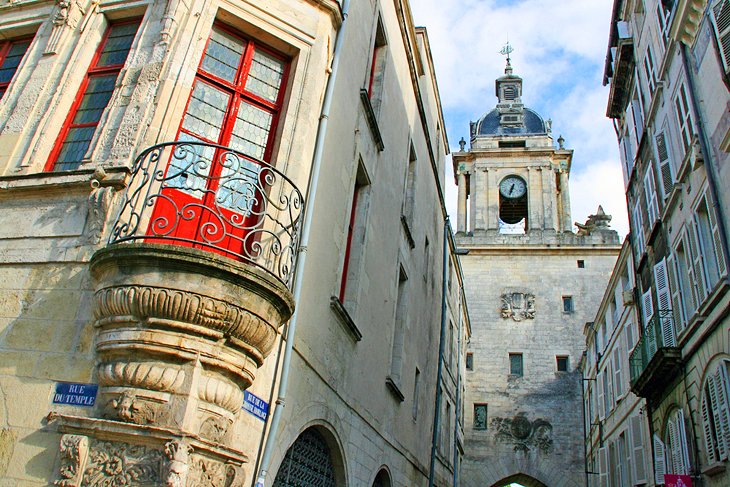
Vieille Ville (Old Town)
Brimming with old-world ambience, La Rochelle's historic quarter invites tourists to take their time wandering around and admiring the sights. At the center of the Vieille Ville is the richly decorated Hôtel de Ville (Town Hall). Nearby on a quiet side street (11 Bis Rue des Augustins), the opulent 16th-century Maison de Henri II (open to the public) exemplifies Renaissance grandeur. At the northeast corner of the Hôtel de Ville, is the Grand Rue des Merciers ("Street of the Haberdashers"), lined with half-timbered medieval houses and stately townhouses. True to its name, the street has many clothing boutiques in its rez-de-chaussée arcades.
A focal point of the city, the 15th-century Tour de la Lanterne was built as a lighthouse and was formerly used as a prison. Just north of the Tour de la Lanterne on the Rue du Palais are two splendid 18th-century buildings: the Palais de Justice (Law Courts) and the Bourse (Stock Exchange). At the end of the Rue du Palais is the 14th-15th century Porte de la Grosse-Horloge (Door of the Grand Clock), a remnant of the old town gate and the entrance to the Vieille Ville's quaint area of pedestrian-only lanes.
2. Vieux Port (Old Port)
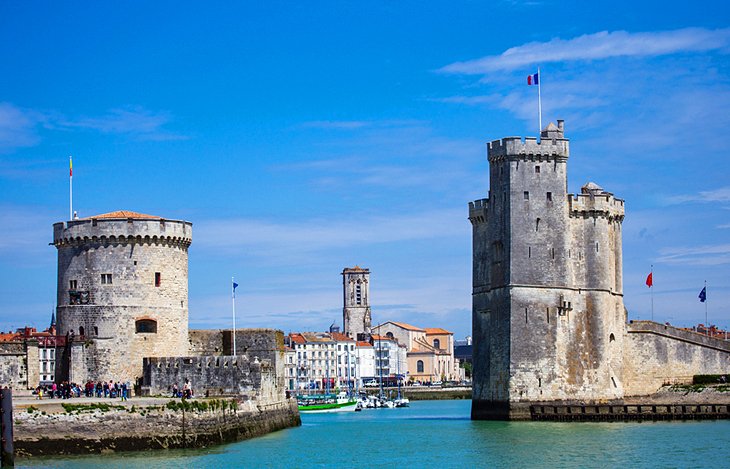
Vieux Port (Old Port)
Spending time at the bustling Vieux Port is one of the most exciting things to do in La Rochelle. This is where visitors can embark on a cruise or simply enjoy an authentic seafood meal. The harbor is filled with small fishing boats (and touristic boats) and lined with enticing restaurants, many of which have pleasant outdoor seating that spreads out onto the cobblestone street facing the port.
The entrance to the Vieux Port is guarded by two medieval towers, the massive Tour Saint-Nicolas on the east side and the imposing Tour de la Chaîne on the west. The Tour Saint-Nicolas was designed as a fort to protect the city from invaders. The Tour de la Chaîne on the Rue sur les Murs (Tower of the Chain on the Street of Walls) takes its name from the chain that was drawn across the mouth of the harbor and attached to the defensive walls at night during the Middle Ages. The south side of the harbor affords a sensational view of the harbor and the town.
3. La Rochelle Aquarium
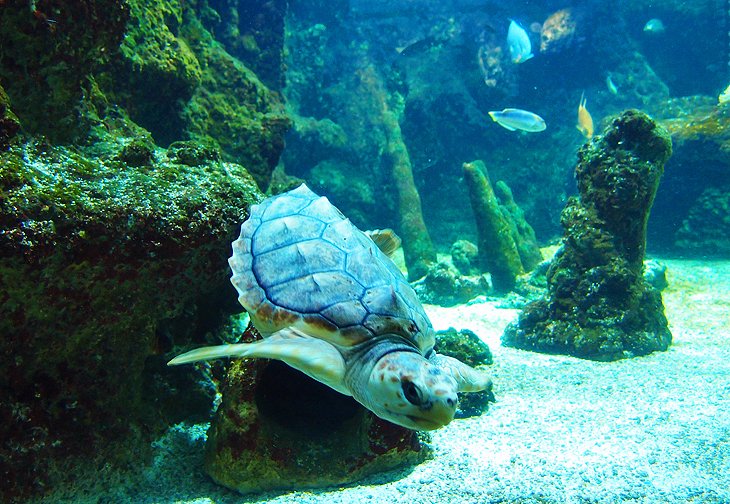
La Rochelle Aquarium | Guilhem Vellut / photo modified
An immersion into the vibrant colors and fascinating variety of marine life in the deep sea, La Rochelle's Aquarium presents around 600 species, from the Atlantic and Indo-Pacific oceans, the Mediterranean, and the Caribbean seas. Families looking for things to do will find this to a wonderful outing.
Visitors will see all kinds of marvelous creatures, from transparent jelly fish and spotfin lionfish to long-snouted seahorses and bonnethead sharks. Some aquarium residents are endangered or protected species, such as the hawksbill turtles and coral reefs. In addition to providing educational content, the aquarium supports conservation projects.
The aquarium offers an audio-guide tour that explains interesting facts about the marine wildlife, and children are given their own special audio guide with a route designed at their height level. The aquarium also has a souvenir shop and a restaurant, the Café de l'Aquarium, which serves fresh seasonal cuisine in an inspiring dining room with a harbor view.
Near the museum is the Port des Minimes district, where a small sandy beach is a locals' favorite.
4. Musée d'Histoire Naturelle
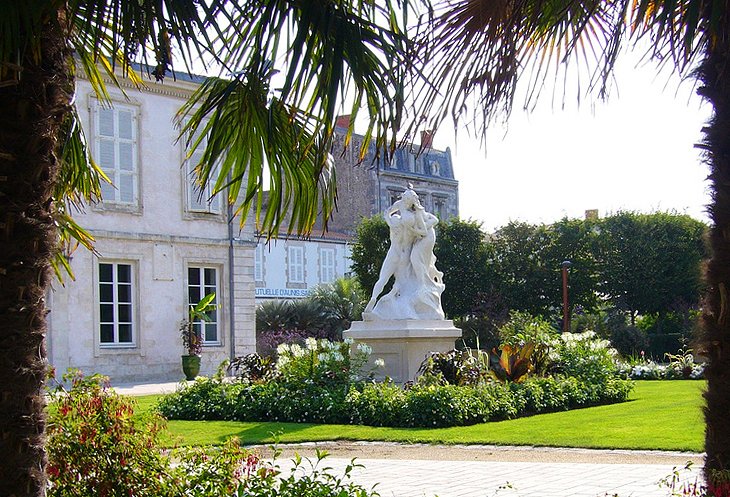
Musée d'Histoire Naturelle | Clayton Parker / photo modified
One of the best places to visit in France to discover the world of natural history, this fantastic museum dates back to the 18th century. With 2,300 square meters of exhibition space, the museum displays an astonishing collection of nearly 10,000 objects found by naturalists and ethnographers from all over the globe. The collection allows visitors to understand the richness and diversity in the natural world, while learning about the science and history.
Highlights of the museum include the archaeological collection, especially the paleolithic tools and an assortment of ancient items from Africa; a geology collection focused on mineralogy and fossils; the zoology collection, in particular the seashells, birds' eggs, and birds' nests; as well as examples of extinct animals such as the dodo. A tour of the museum concludes with the Jardin des Plantes, a botanical garden with plants from all over the world.
5. Musée du Nouveau Monde
Housed in an 18th-century mansion in the Vieille Ville, the Museum of the New World documents the history of France's relationship with North and South America since the 16th century. The collections are presented in Rococo and Neoclassical salons, which are decorated with exquisite furniture and art that reveals the world of shipowners and their enormous wealth. Exhibits range from old maritime maps to historic information about trade routes in Brazil and the Caribbean. A spectacular piece by José Conrado Roza, called La Mascarade Nuptiale portrays a Brazilian dwarf in the King of Portugal's court.
6. Musée des Beaux-Arts
This exceptional fine arts museum in the Vieille Ville occupies the Hôtel de Crussol d'Uzés, a bishop's palace built during the era of King Louis XVI. The museum displays around 900 European paintings and drawings from the 15th to 20th centuries. There is an emphasis on works of the 19th century, with masterpieces by Camille Corot, Paul Huet, and Gustave Doré. Another focus is on Realist paintings created by artists from the region. Because the museum has limited space to show its collection, the presentation changes regularly. The museum also features temporary exhibitions throughout the year.
7. Protestant Heritage: Museum & Temples
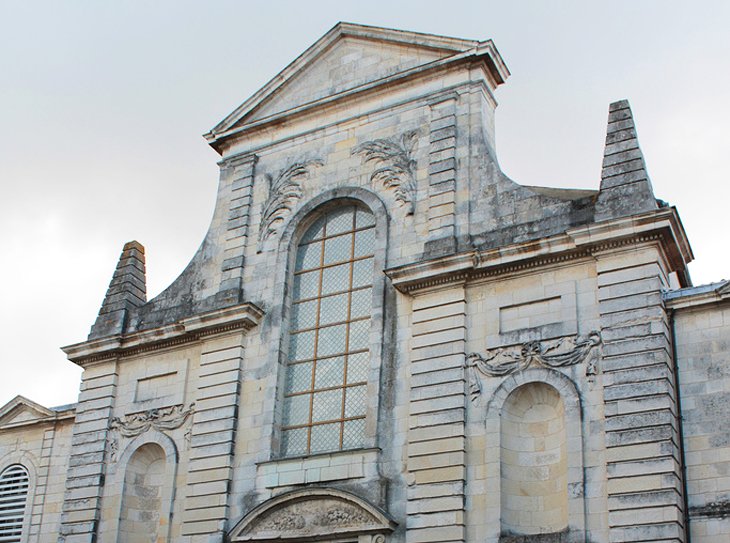
Protestant Heritage: Museum & Temples | elPadawan / photo modified
To understand the religious heritage of La Rochelle, a good place to begin is with an exploration of the Huguenots' Protestant movement. The Musée Protestant in the Vieille Ville (2 Rue Saint-Michel) is dedicated to sharing the history of Protestantism in La Rochelle, as well as in the surrounding areas of Aunis and Saintonge. The museum presents a rich collection of historical information about the Protestants' struggles in chronological order — beginning with the Wars of Religion in the 16th century and continuing through key events such as the revocation of the Edict of Nantes in 1685 until the modern era.
The Protestants of La Rochelle had several places of worship, called "temples." The Great Temple at the Place de Verdun was founded in 1577 but was transformed into a cathedral after the Great Siege of 1628. Other Protestant temples were also returned to the Crown after the Great Siege. Since the Protestants didn't have a place of worship in 1628, King Louis XIII donated a piece of land for their temple on the Prée Maubec, now the location of the Chapelle de l'Hôpital Saint-Louis (Rue du Prêche), which was destroyed in 1685 — all that remains is the plaque above the door.
8. Musée Maritime
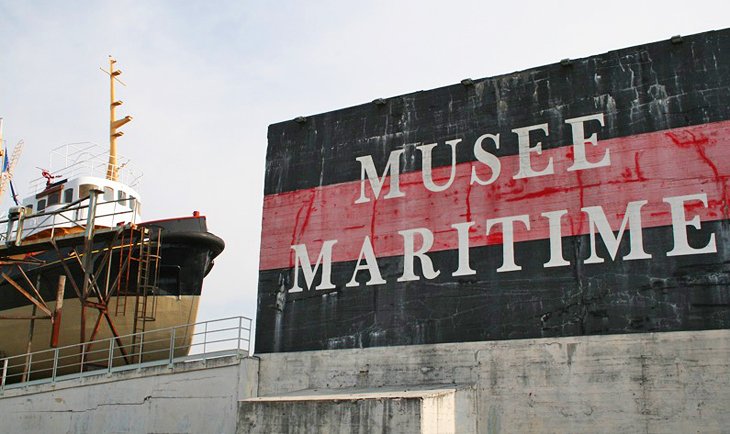
Musée Maritime | stef niKo / photo modified
This maritime museum, moored at the La Rochelle docks, is a fleet of eight beautifully renovated ships, which visitors are allowed to tour. Highlights include the France 1 weather observation vessel, the Saint Gilles tugboat, and the Angoumois fishing trawler. Also on display are several classic yachts that are still used by the owners to sail in regattas. Boat conservation work (restoring traditional boats) is another aspect of the museum, along with a project focused on sailing heritage and preserving the memory of seafarers.
9. Parc Charruyer
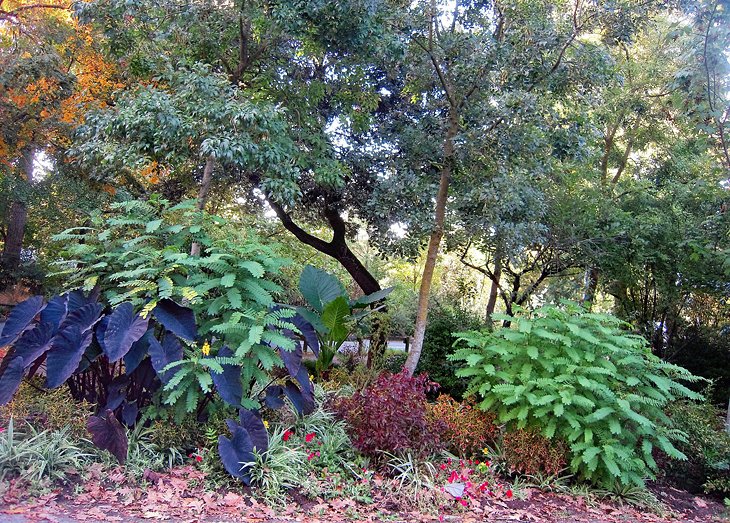
Parc Charruyer | patrick janicek / photo modified
This peaceful park is right in the heart of La Rochelle, extending along the Chemin du Rempart, the town's old fortifications. Unlike most French parks, the Parc Charruyer is not heavily landscaped and in many areas feels more like an unspoiled nature site. The park is filled with a remarkable variety of trees and flowers, including a hibiscus garden. There is a small river (home to local ducks) with footbridges for pedestrians. The park also has a two-kilometer walking path, which is ideal for taking a leisurely stroll.
At the south end of the Parc Charruyer, there is another green space along the seafront called the Allée du Mail, which was a meadow where fairs and festivals took place in the 15th century. This expansive lawn has been used since the 17th century to play Mail, the French equivalent of croquet.
10. Cathédrale Saint-Louis
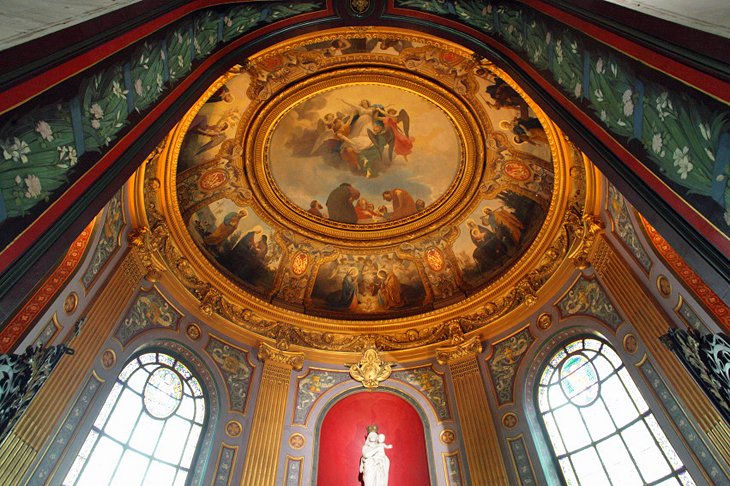
Cathédrale Saint-Louis | akial / photo modified
Although the Cathedral of La Rochelle does not compare to medieval Gothic cathedrals found in other cities of France, it is still a special place of worship. The cathedral is a Neoclassical building designed by Jacques Gabriel and constructed between 1742 to 1762. The magnificent interior is decorated in the Baroque style with rich ornamentation. The ceiling frescoes are especially lovely.
(thanks to: www.planetware.com)
Comments
Post a Comment